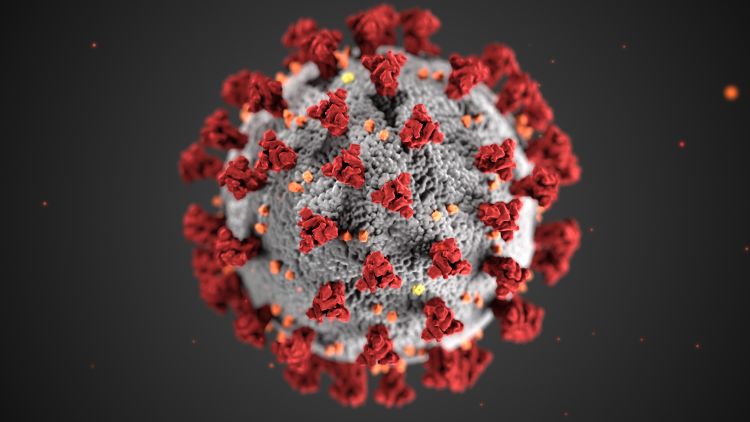DOM COVID-19 Journal Club: Evolving epidemiology and transmission dynamics of coronavirus disease 2019 outside Hubei Province, China: A descriptive and modeling study

Study objectives: The authors aimed to describe the epidemiologic changes to COVID-19 outbreak in Chinese provinces outside Hubei. They also aimed to assess the changes to several different time-to-event markers as well as the reproduction number with the goal of assessing the success of strict containment measures put in place to control transmission.
Methods and Results: Cases of COVID-19 with symptoms meeting the China CDCs guidelines for novel coronavirus-infected pneumonia. The study period was broken into two periods (Dec. 24th – Jan. 27th, Jan. 28th – Feb. 17th). A total of 8,579 cases were included in the final dataset with data on laboratory-confirmed cases coming from local and national government websites as well as media reports.
The median age of subjects was 44 years and increased slightly as the outbreak continued. Cases of older adults (>64 years) also increased as the outbreak continued (p<0.0001). Cases of persons younger than 18 years was low at approx. 5% of total cases. While cases in males were seen more frequently in Hubei and at the start of the outbreak, cases in males was roughly 50% during the second half of the outbreak. 77% of cases reported a known exposure, though this may be at least partially due to the design of the study as the case definition developed by China CDC required a known epidemiological link. Time from symptom onset to hospitalization decreased as the epidemic progressed from 4.4 days to 2.6 days. Mean time from exposure to symptom onset (incubation period) was assessed in a small (n=49) subset with available contact tracing and was estimated to 5.2 days. The serial interval (time between symptom onset in the primary case and symptom onset in the infectee) was estimated to be 5.0–6.3 days. The net reproductive number for three areas with high case-loads outside of Hubei was estimated. In Hunan province, the peak R0 was 1.34 for two weeks, in Shandong province, the epidemic period was longer and had an R0 of 1.71. In Shenzhen, the R0 was above the epidemic threshold for 1 week at 1.08. All reported an R0 below the epidemic threshold in Feb. 2020.
Limitations: Major limitations of this study are:
- The study was unable to assess the contribution of asymptomatic and presymptomatic case to the transmission of COVID-19.
- Records were obtained from multiple types of data sources that may be affected by differences in collection and reporting methods.
- The criteria used by China CDC for diagnosis and treatment was broadened multiple times leading to more cases being identified in the second study period which may impact the noted changes to the epidemic over time.
Main conclusions: From the data collected, the authors conclude there is a possible peak in infectivity and transmission of SARS-CoV-2 prior to symptom onset making contact tracing and isolation of index cases less effective at controlling the outbreak compared to social distancing measures. The authors also concluded the epidemic was self-sustained for approximately 3 weeks outside of Hubei province and suspect this is due to strict social distancing measures.
Reference:
- Zhang J, Litvinova M, Wang W, Wang Y, Deng X, Chen X, Li M, Zheng W, Yi L, Chen X, Wu Q, Liang Y, Wang X, Yang J, Sun K, Longini IM, Jr., Halloran ME, Wu P, Cowling BJ, Merler S, Viboud C, Vespignani A, Ajelli M, Yu H. Evolving epidemiology and transmission dynamics of coronavirus disease 2019 outside Hubei province, China: a descriptive and modelling study. The Lancet Infectious Diseases. doi: 10.1016/S1473-3099(20)30230-9.
The Department of Medicine COVID-19 Journal Club is dedicated to understand and applying data on COVID-19 to inform prevention and management efforts for healthcare workers and patients
This article by Ashley Kates, PhD, postdoctoral trainee, Infectious Disease. Reviewed by Nasia Safdar, MD, PhD, professor, Infectious Disease, and vice chair for research, Department of Medicine.